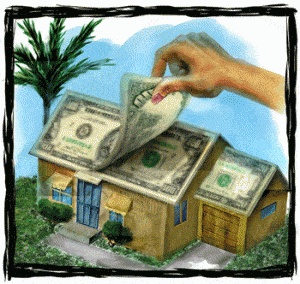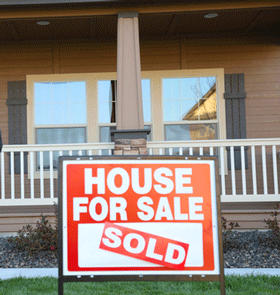
In the next 15 months, 8.3 million home owners — about 18 percent of home owners who have a mortgage — are expected to gain enough equity to be in a better position to sell their homes, according to RealtyTrac’s September report on home equity.
“Steadily rising home prices are lifting all boats in this housing market and should spill over into more inventory of homes for sale in the coming months,” says Daren Blomquist, vice president at RealtyTrac. “Home owners who already have ample equity are quickly building on that equity, while the 8.3 million homeowners on the fence with little or no equity are on track to regain enough equity to sell before 2015 if home prices continue to increase at the rate of 1.33 percent per month that they have since bottoming out in March 2012.
The 8.3 million of home owners have a range of 10 percent negative equity to 10 percent positive equity, according to RealtyTrac. Home owners with low equity may face challenges in selling a home due to the cost of the sale and having a down payment on a new home. As equity rises, more home owners are in the position to sell their home without having to resort such actions as a short sale.
The report also notes that one in four home owners in foreclosure also were found to have positive equity. Home owners with equity may have a better chance at selling their homes before letting the foreclosure process run its course, Blomquist says.
But that’s “assuming they realize they have equity and don’t miss the opportunity to leverage that equity,” Blomquist says. “Even home owners deeply underwater have reason for hope, with about 150,000 each month rising past the 25 percent negative equity milestone — although it will certainly take years rather than months before most of those homeowners have enough equity to sell other than via short sale.”
Source: National Association of Realtor©
Related articles
Help us keep this blog going
Email or call today:
John J. O’Dell Realtor® GRI
Civil Engineer
General Contractor
(530) 263-1091
Email
DRE# 00669941




